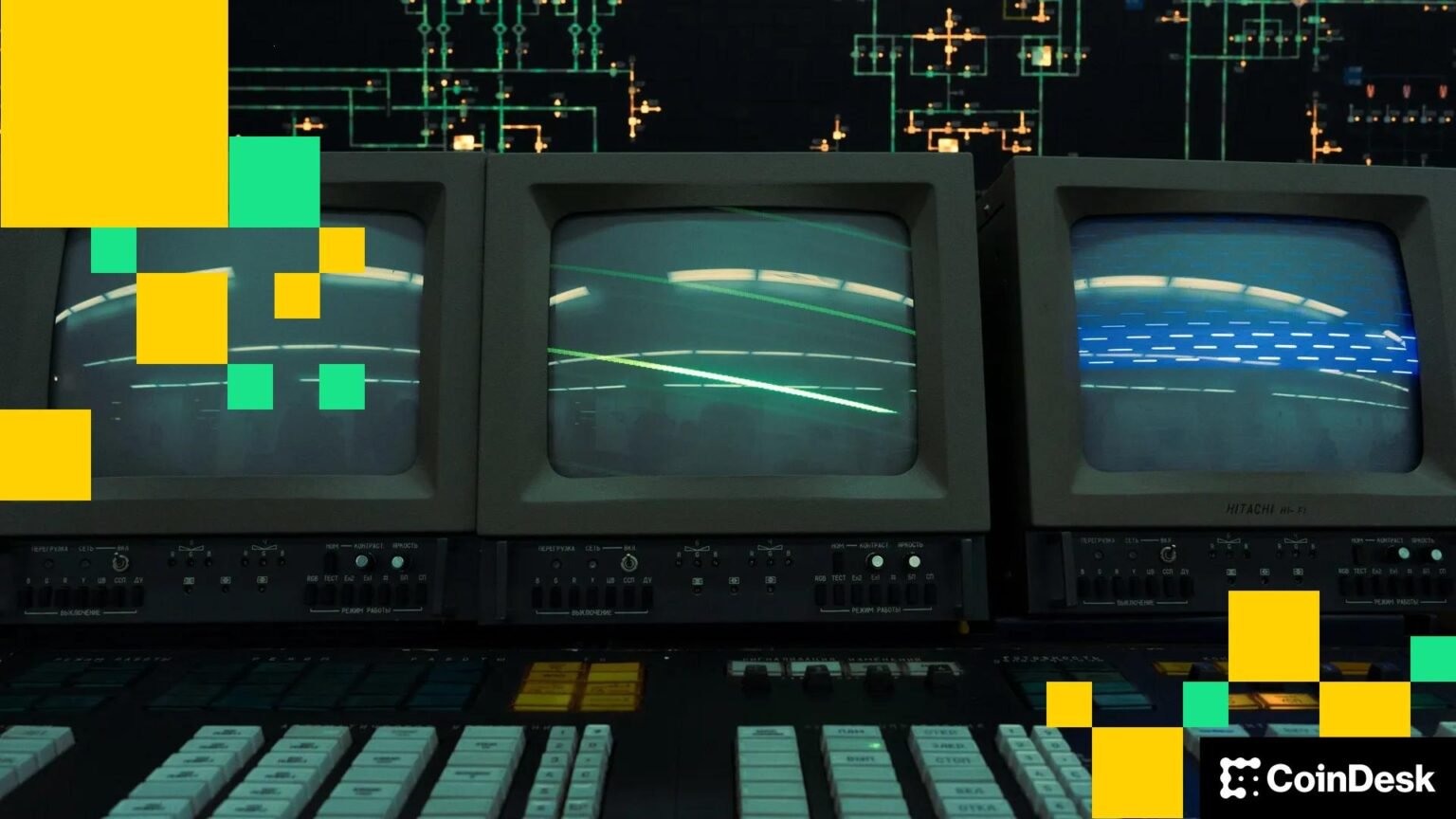Securing Blockchain Against AI and Quantum Computing Threats
As the world braces for potential disruptions to blockchain technology driven by advances in artificial intelligence (AI) and quantum computing, the crypto industry faces an imperative to fortify its infrastructure. A successful breach of a respected blockchain’s cryptography—whether in a malicious attack or even a white-hat testing scenario—could lead to panic sell-offs dwarfing anything previously witnessed in the crypto market. A quantum computer capable of breaking blockchain encryption could threaten the very essence of decentralized technology, undermining trust and innovation. The silver lining is that there exists a technical roadmap to mitigate these risks, but many blockchain protocols remain frustratingly behind.
The Threat Landscape: AI and Quantum Computing
The threat posed by AI is already tangible, with criminals employing AI to enhance cyberattacks, including phishing schemes and malware distribution. A recent study from Cornell University revealed that AI agents interacting with blockchain could be manipulated by adversaries who tamper with their memory or context. This can lead to unauthorized fund transfers or violations of protocol. With traditional defenses struggling to keep pace, the risks become alarming, suggesting that AI can infiltrate blockchain systems, resulting in invisible, systemic hacks.
On the horizon, quantum computing promises even more formidable challenges. An expert forecast warns that in just a decade, powerful quantum machines could potentially crack the encryption safeguarding up to 25% of Bitcoin. Many legacy wallets, particularly those using traditional public keys, remain vulnerable to existing quantum algorithms. Despite emerging post-quantum cryptography (PQC) standards from organizations like NIST and ENISA, the adoption within the crypto sector is insufficient, raising concerns about the readiness of widely-used networks.
The Uneven Response from the Crypto Industry
While some blockchain protocols like Sui, Ethereum, and Algorand are already working on implementing post-quantum algorithms, the broader industry has yet to match this urgency. Many operators are preoccupied with hypergrowth rather than responsible scaling. This complacency towards future-proofing is alarming, especially as it hinders the adoption of recommendations issued by cybersecurity organizations. The industry risks facing catastrophic consequences if it continues to avoid serious assessments of its cryptographic frameworks.
The Consequences of Inaction
The ramifications of neglecting to address these threats could be severe. If AI infiltrates blockchain systems undetected, it could lead to deliberate fund mismanagement, endangering user assets and eroding trust in the entire ecosystem. On the other hand, if quantum computing advances faster than the adoption of quantum-safe protocols, attackers could reverse-engineer private keys, rewrite transaction histories, and render user wallets insecure, all of which could obliterate the hard-earned trust in blockchain technology.
Urgent Collaborative Efforts Required
To mitigate these looming threats, a paradigm shift towards collaborative efforts between the crypto world and specialists in AI and quantum computing is necessary. Crypto protocols need to assess their cryptographic inventory, planning for a phased rollout of post-quantum cryptography well ahead of recommended deadlines. Increased partnerships with AI and quantum experts are paramount; this includes co-developing secure frameworks that ensure mutual security and prosperity.
The Path Forward: A Holistic Approach
Engagement with regulators is also critical. By collaborating with agencies like NIST, blockchain developers can help shape and refine post-quantum cryptographic standards, fostering an environment where those defining quantum-proof protocols are also the ones implementing them correctly. Such holistic approaches not only bolster security but can also significantly enhance economic growth. A future where blockchain, AI, and quantum technologies coexist offers exciting opportunities for advancements in various sectors ranging from healthcare to climate science.
Conclusion: The Time to Act is Now
In conclusion, the crypto industry is standing at a precipice where proactive steps are crucial to secure the future of decentralized technologies. Engaging collaboratively across sectors and industry lines will be essential to fortifying blockchain against AI and quantum computing threats. The time for action is now; neglecting these advancements today could risk everything that the blockchain community has built thus far. By prioritizing these collaborations and taking serious steps towards future-proofing, the crypto industry can not only safeguard its assets but also amplify humanity’s potential in the digital age.



